Cladding is a popular choice for enhancing the exterior and interior surfaces of buildings, providing both aesthetic appeal and functional benefits such as insulation and weather protection. However, the effectiveness and longevity of cladding depend significantly on the method of fixing it to the structure. In this blog post, we’ll delve into the importance of proper cladding fixing, various methods, and best practices to ensure your cladding project stands the test of time.
Proper cladding fixing is crucial for the durability, functionality, and aesthetic appeal of your building. By choosing the appropriate fixing method and adhering to best practices, you can ensure that your cladding project not only looks great but also stands up to the elements over time.

Why Proper Cladding Fixing is Essential
Structural Integrity:
- Properly fixed cladding ensures the structural stability of the building facade. It prevents panels from becoming loose or dislodged due to wind, weather, or other external forces.
Weather Resistance:
- Correct fixing methods help create a weather-tight seal, protecting the underlying structure from water ingress, which can lead to dampness, mold, and structural damage.
Thermal Efficiency:
- Well-fixed cladding enhances the building’s insulation properties, contributing to better thermal efficiency and reducing energy costs.
Aesthetic Appeal:
- Secure and evenly fixed cladding maintains a clean and professional appearance, enhancing the overall visual impact of the building.
Common Methods of Cladding Fixing
Mechanical Fixing:
- This involves using screws, bolts, or clips to attach cladding panels to the building framework. Mechanical fixing is robust and reliable, making it suitable for both light and heavy cladding materials.
Adhesive Fixing:
- Adhesive fixing uses high-strength bonding agents to attach cladding panels to surfaces. This method provides a seamless appearance and is ideal for lightweight materials and interior applications.
Secret Fixing:
- Secret fixing hides the fixing elements, giving the cladding a smooth and uninterrupted look. This is typically achieved using interlocking systems or specially designed brackets.
Rail and Bracket Systems:
- In this method, cladding panels are mounted on a rail and bracket system fixed to the building structure. This allows for easy adjustment and replacement of panels, ensuring flexibility and ease of maintenance.
Best Practices for Cladding Fixing
Choose the Right Fixing Method:
- Consider the type of cladding material, the building’s structural requirements, and the environmental conditions when selecting the fixing method.
Follow Manufacturer Guidelines:
- Always adhere to the cladding manufacturer’s installation guidelines and recommendations to ensure compatibility and warranty compliance.
Ensure Proper Spacing and Alignment:
- Maintain consistent spacing and alignment of fixing points to distribute loads evenly and prevent stress points that could lead to panel failure.
Use Quality Fixings:
- Invest in high-quality fixings such as stainless steel screws and corrosion-resistant brackets to ensure long-term durability and performance.
Regular Inspections and Maintenance:
- Periodically inspect the cladding and fixings for signs of wear or damage. Promptly address any issues to prevent further deterioration and maintain the cladding’s effectiveness.

